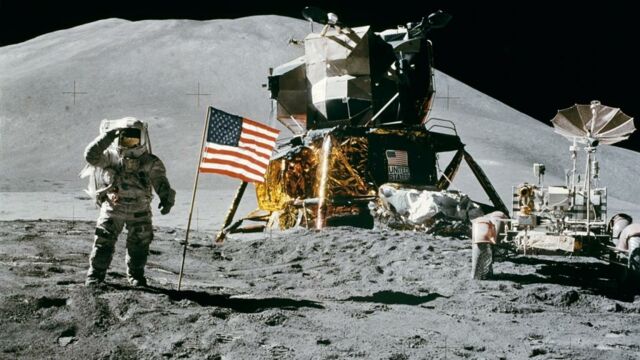Planet Earth is certainly not in tip top condition and scientists have been planning all the possible ways to save the human race, along with other species. A researcher from the University of Arizona has decided that the best way to do this is by sending millions of sperm, egg, and seed samples to the moon.
Discover our latest podcast
Seed programme
Surprisingly, a similar seed programme exists—not on another planet—but on Earth itself. Hundreds of thousands of seeds from all over the world are currently being stored in the Norwegian archipelago of Svalbard. However, a statement from the University of Arizona has confirmed that it’s not the safest storage space as Svalbard could also fall victim to global warming. They said in a video:
The Earth is likely to be at risk from a variety of natural disasters and human threats such as a global nuclear war that could wipe out a large number of species in a short period of time.
To keep the seeds safe from climate change, Jekan Thanga from University of Arizona has a different plan—he thinks they’d be more secure on the moon.
His idea is to store the samples in lunar lava tunnels, which are vast underground channels dug up by basaltic lava flows. According to the university, over two hundred tunnels that are 100 metres in diameter were discovered back in 2013. Given that there are no violent temperature variations on the Moon because there is no atmosphere and hence weather, they make the ideal storage space.
How feasible is his plan?
The initial calculations have shown that to transport all seedlings, scientists would need 250 rocket launches. To put it in perspective, there were 40 needed to build the International Space Station. Additionally, robots will also need to be sent up to inspect the lunar lava tunnels and pinpoint the best places to house the ‘Ark.’ Lastly, the samples will need to be frozen at -180°C, which will prove to be a major challenge as the storage structures need to be prevented from freezing in place.















